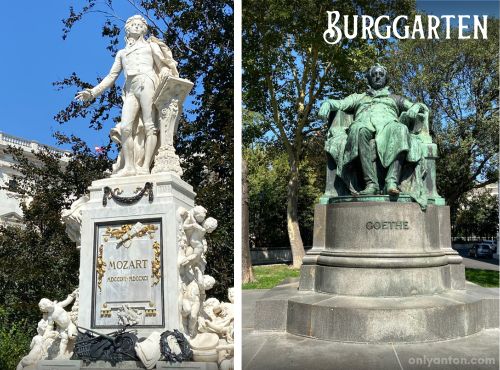
Introduction
Vienna is a city that has captivated me for as long as I can remember. It has a reputation for being a cultural hub where art, history, and imperial grandeur converge. As someone with a lifelong love of art, visiting Vienna wasn’t just another destination on my travel list—it was a dream. Standing before Pieter Bruegel’s masterpieces at the Kunsthistorisches Museum, admiring Klimt’s The Kiss at the Belvedere Palace, and exploring the golden glow of the Beethoven Frieze at the Secession Building were moments that felt like stepping into the pages of art history.
But Vienna is more than a haven for art lovers. This guide highlights its most iconic sights and unforgettable experiences. Vienna’s timeless elegance shines in every corner, from the serene gardens of Schönbrunn Palace to the indulgent sweetness of a Sacher torte enjoyed in a historic coffeehouse. Vienna’s timeless elegance and culture genuinely make it the heart and soul of Austria.
As part of my three-country tour through Vienna, Bratislava, and Budapest, this visit was a step closer to achieving my “70 countries by 70” travel goal. With its exquisite artistic pedigree, grand palaces, and colourful culture, Vienna quickly became one of the standout experiences of my journey. In this guide, I’ll show you the best of Vienna, including its iconic landmarks, world-class museums, and delicious food. I’ll also include some practical travel tips to help you plan an unforgettable visit to Austria’s cultural heart.
Locating Vienna
Positioned at the crossroads of Europe, Austria is a landlocked country bordered by eight nations: Germany to the northwest, the Czech Republic to the north, Slovakia to the northeast, Hungary to the east, Slovenia to the south, and Italy, Switzerland, and Liechtenstein to the west. Its central location has made Austria a historical and cultural meeting point, blending Eastern and Western European influences into a distinctive and lively identity.
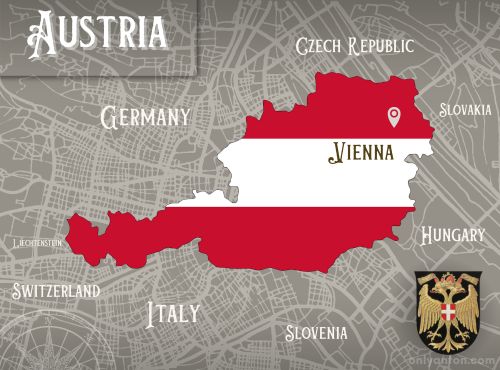
Vienna, Austria’s capital and largest city, is the heart of this remarkable country. With a population of nearly two million, Vienna serves as a hub of politics, economics, and culture. Known for its elegant architecture and fabled history, Vienna is a modern metropolis that reverently preserves its past. As the historical seat of the Habsburg Empire, Vienna has been a cultural powerhouse for centuries, producing world-renowned composers, artists, and intellectuals.
Geography
Geographically, Vienna sits along the banks of the Danube River, which has long been a vital trade route and a source of inspiration for artists and musicians. The city’s layout is characterized by the grand Ringstrasse boulevard, which encircles Vienna’s historic core and offers access to many of its most iconic landmarks. On the western edge, the rolling hills of the Vienna Woods provide a scenic escape, while the city’s parks and green spaces, like the Burggarten and Prater, offer residents and visitors a peaceful retreat from urban life.
Vienna’s unique position as a gateway between Eastern and Western Europe has shaped its identity, making it a cultural melting pot. It’s a city where centuries-old traditions coexist with cutting-edge innovation, creating an atmosphere that feels both timeless and refreshingly contemporary.
Vienna Through Time
Early History
Vienna’s history stretches back over two millennia, shaping the city into a dynamic cultural and intellectual epicentre. Its story begins with a Roman outpost called Vindobona, established in the 1st century CE to guard the empire’s northern frontier. Over the centuries, Vienna evolved into a medieval stronghold, with its strategic location along the Danube fostering trade and growth. By the 13th century, Vienna had gained prominence as a key center of commerce and politics in Central Europe.
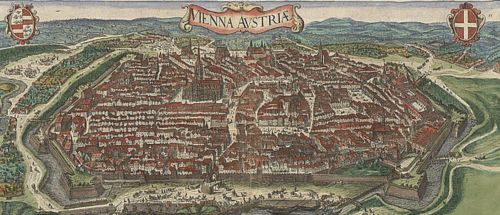
The Habsburgs
The city’s golden age began under the rule of the Habsburg Empire, a dynasty that reigned for over six centuries. During this period, Vienna transformed into a glittering capital of imperial power. The Habsburgs left an indelible mark on the city’s landscape, commissioning grand Baroque palaces such as Schönbrunn and the Hofburg. Vienna became synonymous with high culture. Composers like Mozart, Haydn, and Beethoven performed for royal audiences, and the city flourished as a hub for art, architecture, and intellectual achievement.
The 19th Century
By the 19th century, Vienna had cemented its reputation as a cultural and intellectual capital. Known as the “City of Music,” it was home to composers like Johann Strauss II, Mahler, and Brahms. The city’s coffeehouses buzzed with the ideas of groundbreaking thinkers such as Freud and Klimt. Meanwhile, the Ringstrasse, a monumental boulevard encircling the old town, showcased Vienna’s architectural grandeur and urban planning innovation.
Vienna Today
Vienna has masterfully blended its storied traditions with contemporary energy in the modern era. Its museums house world-renowned art collections. The streets showcase historic elegance and modern design. The Viennese culinary scene offers everything from classic wiener schnitzel to avant-garde creations. In Vienna, the grandeur of centuries-old palaces coexists with the energy of its creative districts, offering visitors a harmonious blend of tradition and modernity.
Iconic Sights and Landmarks
Vienna’s iconic landmarks tell the story of its imperial past, artistic patrimony, and cultural importance. From opulent palaces to stunning cathedrals, the city’s architectural gems are a testament to its long history and enduring allure. Here’s a guide to some of Vienna’s most unmissable sights.
Schönbrunn Palace
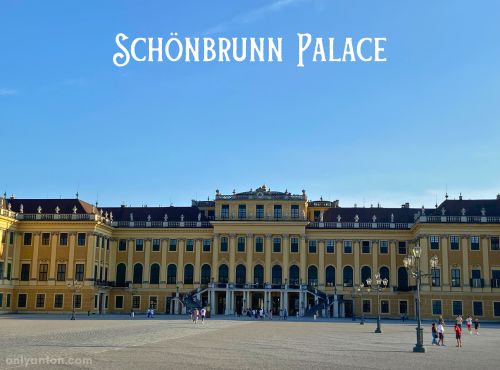
A UNESCO World Heritage Site, Schönbrunn Palace is one of Vienna’s most famous landmarks. Once the summer residence of the Habsburgs, this Baroque masterpiece boasts over 1,400 rooms, each more extravagant than the last. While the interior dazzles with its Rococo design, the sprawling gardens steal the show. Stroll through the meticulously manicured grounds, climb to the Gloriette for panoramic views, or visit the Schönbrunn Zoo, the world’s oldest, dating back to 1752.
Hofburg Palace
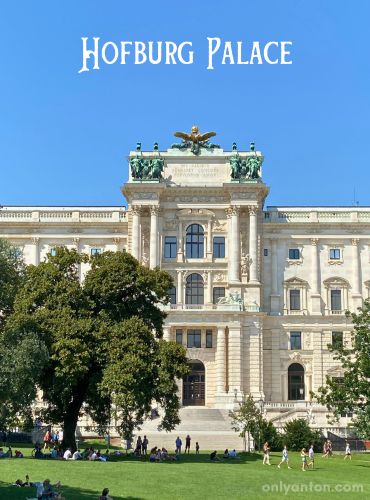
For centuries, the Hofburg Palace was the centre of Habsburg power. This sprawling complex in the heart of Vienna now houses several museums, including the Imperial Apartments and the Sisi Museum, dedicated to Empress Elisabeth. Wander through the palace’s courtyards and imagine the grandeur of imperial ceremonies held here.
St. Stephen’s Cathedral
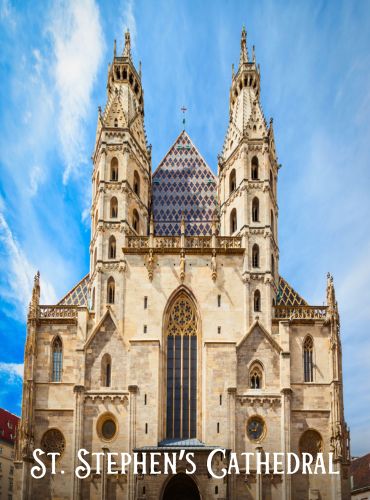
A symbol of Vienna and a Gothic masterpiece, St. Stephen’s Cathedral (Stephansdom) stands proudly in the middle of the Old Town (Innere Stadt). The church’s intricate façade and colourful tiled roof are instantly recognizable. Its soaring spire offers breathtaking views for those willing to climb the 343 steps. Inside, the cathedral’s soaring nave and historic treasures make it a must-visit for architecture enthusiasts and history buffs alike.
The Belvedere Palace
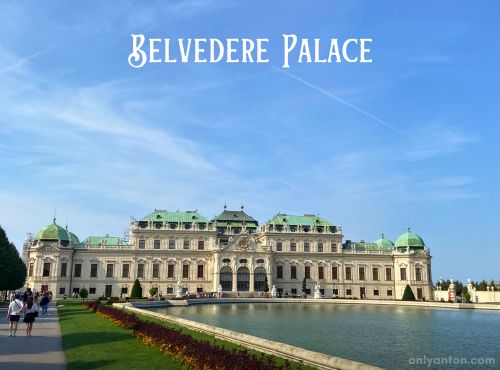
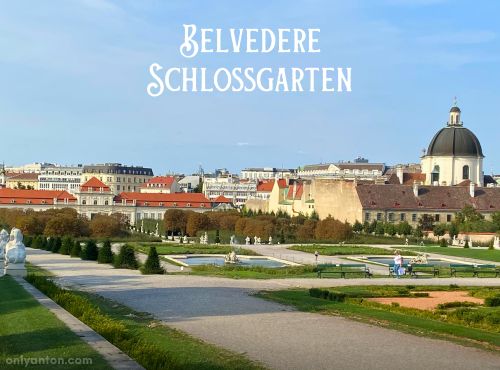
The Belvedere Palace is a stunning Baroque ensemble comprising two palaces separated by a formal garden. Once a residence for Prince Eugene of Savoy, it now houses one of Vienna’s premier art collections. The Upper Belvedere is home to Klimt’s world-famous The Kiss, alongside works by Egon Schiele and other Austrian masters.
Other Notable Sites
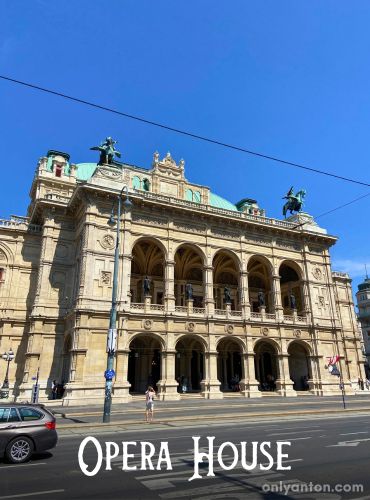
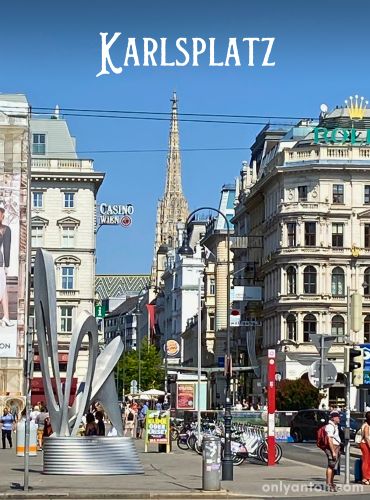
- Vienna State Opera House: A beacon of culture and home to some of the world’s finest operatic performances.
- Karlsplatz: A lively public space featuring Karlskirche, an iconic Baroque church.
- Naschmarkt: Vienna’s most famous market, where you can sample everything from local delicacies to international cuisine.
- Mariahilferstraße: A bustling pedestrian shopping street ideal for retail therapy.
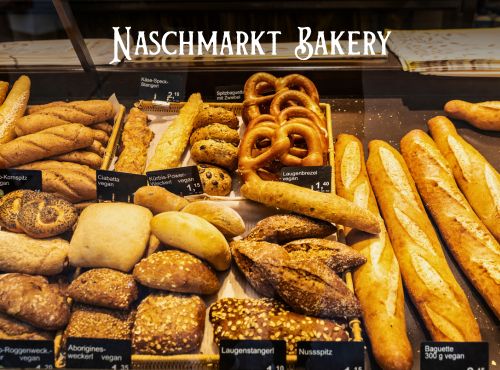
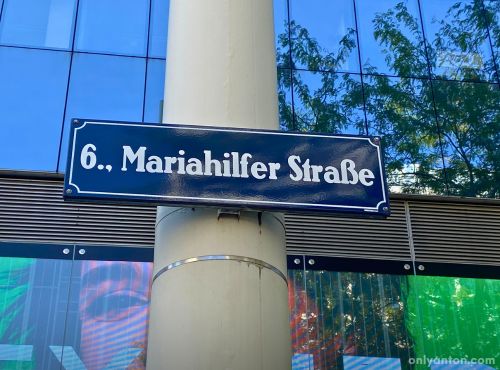
Vienna’s landmarks are more than just beautiful structures. They are windows into the city’s soul, each offering a glimpse into its imperial past and cultural legacy. Marvel at Baroque palaces, stroll through teeming markets, and uncover the layers of history that make these landmarks unforgettable.
The Art Lover’s Paradise—Vienna’s World-Class Museums
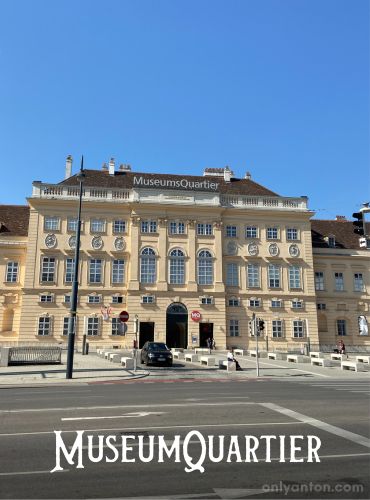
Vienna is a city steeped in art, where creativity and history intersect at every corner. Nowhere is this more evident than in the MuseumsQuartier, a cultural hub in the city’s 7th district. This dynamic area is home to some of Vienna’s finest museums, offering everything from classical masterpieces to groundbreaking modern works. Vienna’s museums open a window into centuries of artistic brilliance, captivating seasoned enthusiasts and curious travellers alike.
Kunsthistorisches Museum
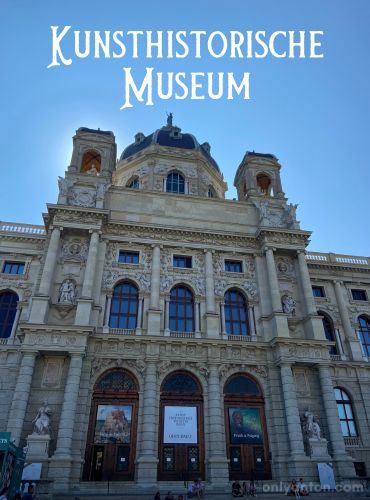
The Kunsthistorisches Museum stands as one of Vienna’s most prestigious cultural institutions. Housed in a grand building on Maria-Theresien-Platz, it showcases an extraordinary collection of European art. The museum is world-renowned for its extensive collection of works by Pieter Bruegel the Elder. Examples include his iconic The Tower of Babel and Hunters in the Snow, which offer a captivating glimpse into 16th-century life. In addition to Bruegel, the museum features works by masters such as Vermeer, Caravaggio, Titian, and Rembrandt, making it an unmissable destination for art lovers.
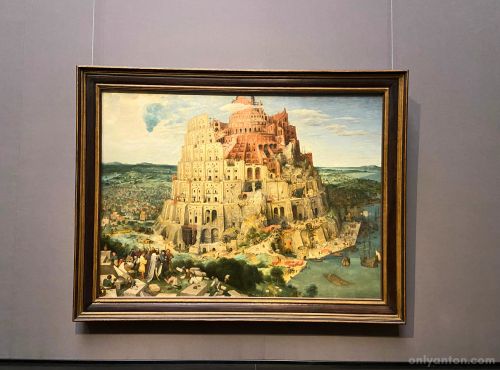
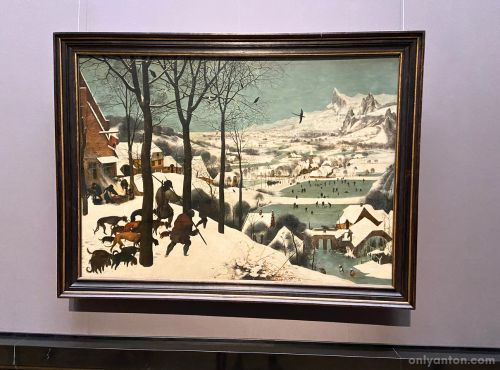
The Belvedere Collection
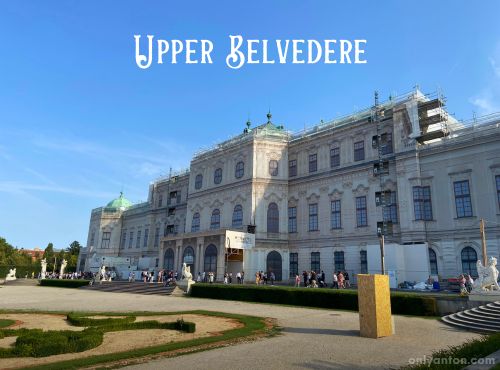
Set within the grandeur of the Belvedere Palace, this collection is a feast for the eyes. The Upper Belvedere houses the iconic The Kiss by Gustav Klimt, a shimmering masterpiece epitomizing the Viennese Art Nouveau movement. Alongside Klimt, visitors can admire works by Egon Schiele, who pushed the boundaries of expressionism, and an array of Baroque and Romantic art that captures Austria’s cultural legacy. The palace, with its manicured gardens and Baroque splendour, is a work of art in its own right.
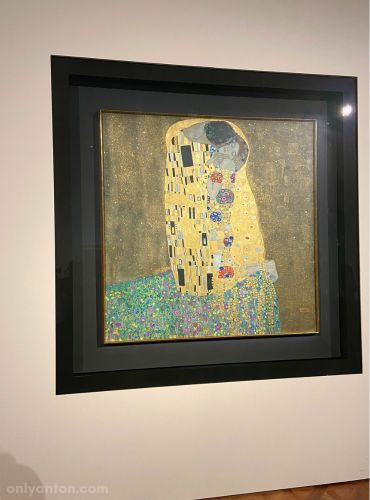
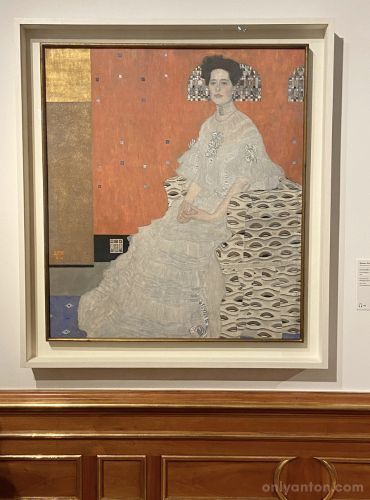
Leopold Museum
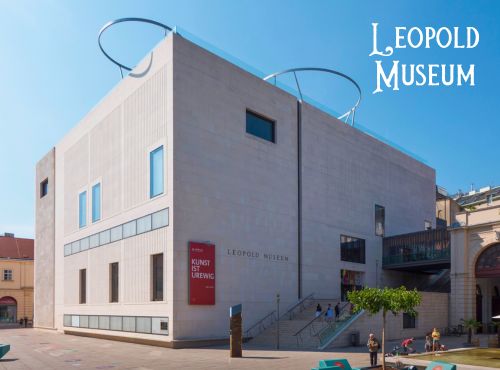
For fans of Austrian modernism, the Leopold Museum is a must-visit. This museum holds the most extensive collection of works by Egon Schiele, offering an intimate look at the artist’s evocative and often haunting pieces. The museum also celebrates the work of other Austrian modernists, providing a broader context for Vienna’s role in shaping early 20th-century art. Its sleek, modern design stands in striking contrast to Vienna’s historic surroundings, underscoring the city’s embrace of tradition and innovation.
Secession Building
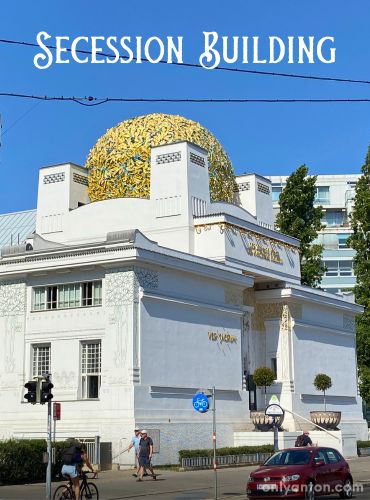
The Secession Building symbolizes artistic rebellion and is an iconic testament to Vienna’s progressive art movements. The structure was built in 1897 by a group of artists breaking away from traditional institutions. Its golden dome and modernist design are strikingly avant-garde. Inside, visitors can marvel at Klimt’s Beethoven Frieze. This mural is a stunning visual interpretation of Beethoven’s Ninth Symphony that reflects the ideals of the Secession movement. The Secession Building is a museum and a monument to Vienna’s creative spirit.
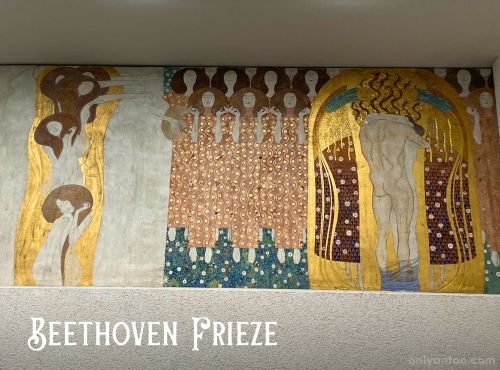
Other Notable Institutions
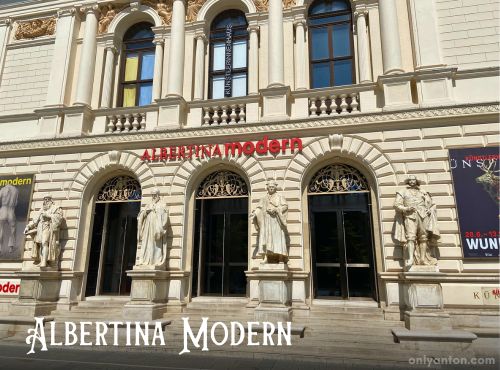
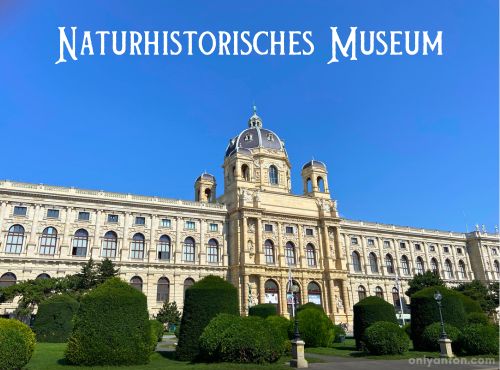
Vienna offers an abundance of other museums and cultural landmarks. The Albertina Modern features contemporary art, while the Naturhistorisches Museum showcases fascinating natural history exhibits. Nearby, the Maria-Theresien-Platz remains a focal point for art and history lovers, with its grand statue of Empress Maria Theresa flanked by two majestic museum buildings. Within walking distance, the Burggarten offers a tranquil spot to admire statues of cultural giants like Mozart and Goethe, a quiet reminder of Vienna’s enduring influence on global culture.
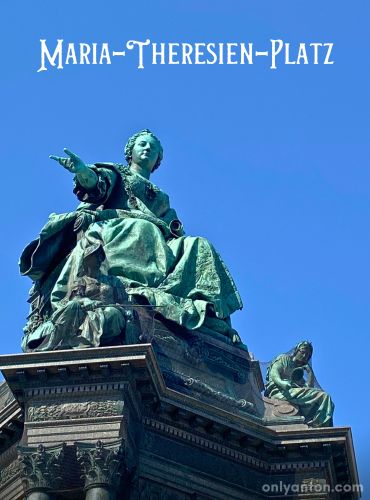
Vienna’s museums house a treasure trove of art, from timeless masterpieces to groundbreaking modern works, making them a must-visit for any art lover. Each institution offers a unique perspective on the city’s complex history, ensuring visitors have a deeper appreciation of its artistic contributions.
Culinary Highlights of Vienna
Vienna’s culinary scene is a fascinating and diverse component of its cultural identity. It blends traditional Austrian flavours and timeless European elegance, from hearty classics to sweet indulgences. The city’s cuisine is a highlight for any visitor.
Wiener Schnitzel and Potato Salad
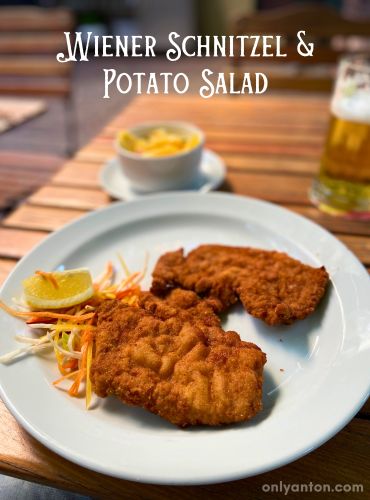
No visit to Vienna is complete without tasting the city’s signature dish, wiener schnitzel. At Brandauer Schlossbräu, located near Schönbrunn Palace, I enjoyed an unforgettable meal in the courtyard’s shaded outdoor seating. The golden, crispy schnitzel was perfectly paired with Erdäpfelsalat (potato salad) dressed in a tangy vinaigrette.
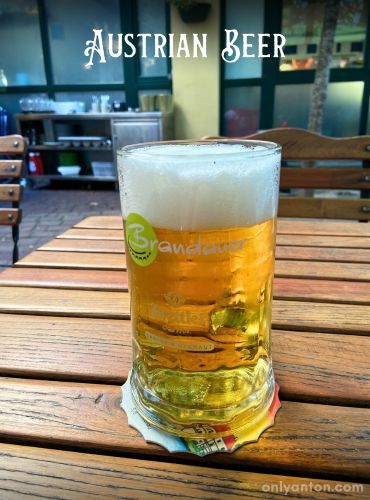
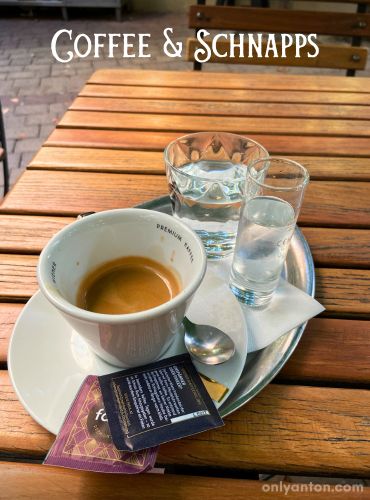
To complement the meal, I savoured the restaurant’s house-made Brandauers Hausbier, a refreshing Austrian beer. A sip of artisanal hazelnut schnapps (Haselnuss) alongside a cup of full-bodied Viennese coffee completed the experience.
Sacher Torte and Coffee
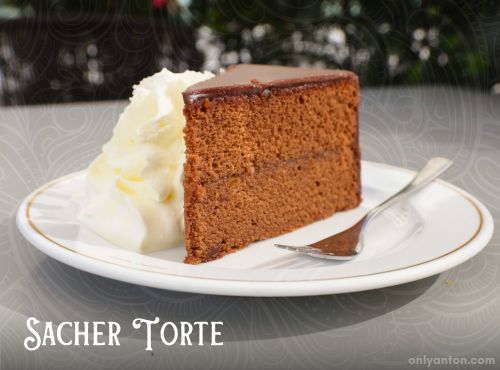
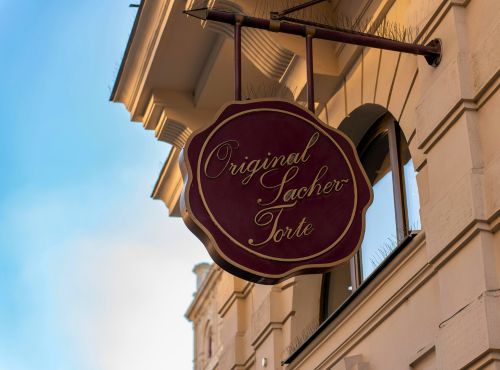
Vienna’s famed Sacher torte, a decadent chocolate cake layered with apricot jam and coated in dark chocolate, is an iconic treat. While the Café Sacher is the most famous spot to enjoy this dessert, rival Café Demel has its loyal following. Vienna’s coffee culture is deeply rooted in tradition, with historic coffeehouses like Café Central and Café Schwarzenberg offering an elegant atmosphere to savour a melange, a classic Viennese coffee with milk and foam. For a less crowded experience, charming local Konditorei are scattered throughout the city, each with its own unique character.
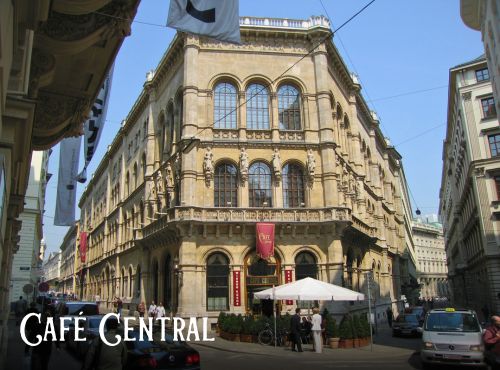
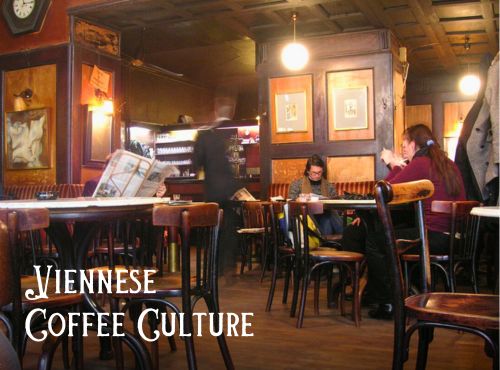
Street Food: Würstelstände
Head to a traditional Würstelstand (sausage stand) to taste Vienna’s street food. These casual kiosks serve hearty favourites like bratwurst and Käsekrainer, a cheese-filled sausage grilled to perfection. Enjoying a quick bite at a Würstelstand is a quintessential Viennese experience, offering a glimpse into the city’s everyday life.
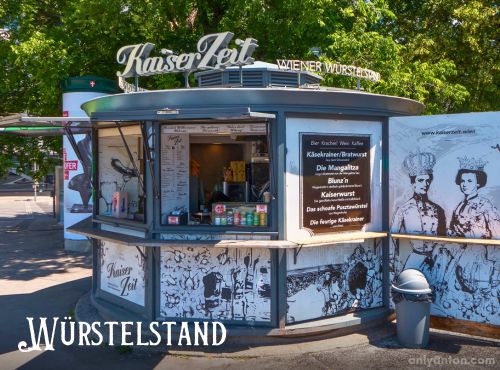
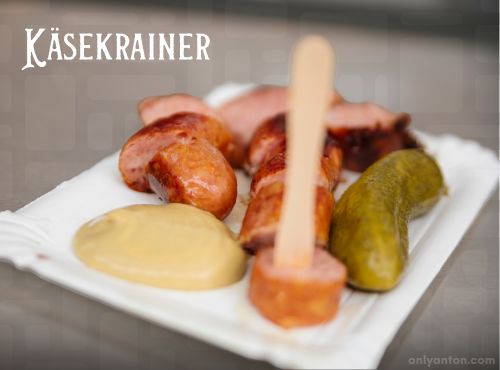
Other Treats
Vienna’s sweet offerings go beyond Sacher torte. Try the Punschkrapfen, a bright pink rum-soaked sponge cake filled with nougat and jam, perfect for those with a sweet tooth. For a stronger finish, sample Austrian schnapps, from fruity apricot (Marillen) to the nutty richness of hazelnut.
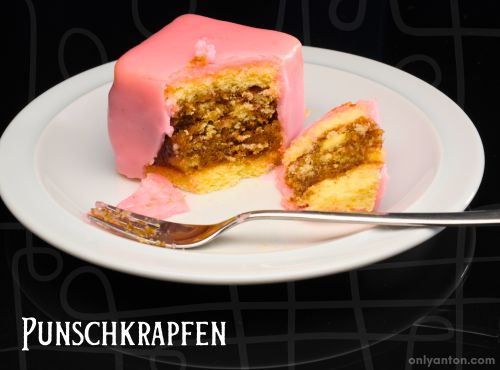
Vienna’s cuisine reflects its culture—rooted in tradition yet constantly evolving. From gourmet meals to quick street food bites, every taste of Vienna reveals a chapter of its engaging culinary story.
Practical Tips for Visiting Vienna
A well-planned trip ensures you’ll fully experience Vienna’s vibrant culture and charm. From choosing the best time to visit to navigating the city’s excellent public transport, these practical tips will help ensure a smooth and enjoyable experience.
Best Times to Visit Vienna
Vienna is best during spring (April to June) and fall (September to October). The weather is mild, pleasant, and perfect for exploring Vienna’s outdoor attractions and parks. Summers can bring heat and humidity, as I experienced firsthand, making sightseeing a bit more challenging. Winters, while colder, have their charm, especially with Vienna’s magical Christmas markets.
Getting There
Vienna is well-connected and easy to reach. The Vienna International Airport (VIE) serves flights from major cities worldwide and is about 30 minutes from the city centre. Vienna’s Hauptbahnhof (main train station) offers connections to nearby European cities like Prague, Budapest, and Bratislava for those arriving by train. Travellers from Bratislava or Budapest can also consider arriving by boat or ferry via the scenic Danube River. Buses provide a budget-friendly option, regularly running services from many European destinations.

Getting Around
Vienna’s public transportation system is efficient, affordable, and easy to use. The trams, buses, and metro (U-Bahn) provide excellent city coverage and are convenient for exploring its sights. Tickets can be purchased at stations or through mobile apps, with day passes offering great value. The city is also pedestrian-friendly, with many landmarks located within walking distance of one another, especially in the central districts. Consider renting a bike and cycling along the Danube or through the Vienna Woods for a unique perspective.
Cultural Etiquette
Austrian culture values politeness and formality. Simple Austrian German phrases like “Guten Tag” (Good day), “Danke” (Thank you), and “Bitte” (Please/You’re welcome) are always appreciated. When greeting locals, a friendly smile and a handshake are customary. Tipping is also standard in Vienna—round up your bill at cafés and restaurants or leave 5-10% as a gesture of appreciation for good service.
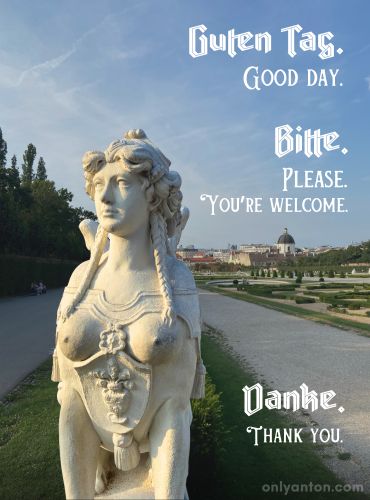
With these practical tips, you’ll be well-prepared to navigate Vienna like a seasoned traveller and thoroughly enjoy this incredible city.
Conclusion
Vienna is a city that seamlessly blends its imperial past with a dynamic present. It offers a unique experience to every traveller. Its long history, from the grandeur of the Habsburgs to its role as a cultural and intellectual centre, is etched into every palace, museum, and cobblestone street. As the City of Music and Art, Vienna is a haven for those who love creativity, beauty, and timeless elegance.
Marvelling at Bruegel’s masterpieces in the Kunsthistorisches Museum, savouring wiener schnitzel in a cozy tavern, or wandering through Schönbrunn’s ornate gardens, Vienna enchants with its charm, sophistication, and warmth. Its coffeehouses invite moments of reflection, its markets brim with local flavours, and its streets echo stories of the past and the energy of the present.
Vienna promises an unforgettable journey for art lovers, history enthusiasts, and culinary adventurers alike. If you’ve ever dreamed of experiencing the heart of Austria, now is the time to turn that dream into reality.
What About You?
Have you been to Vienna, or is it on your travel list? What landmarks, museums, or culinary treats stood out most? Share your favourite memories or travel plans in the comments below—I’d love to hear from you!
If Vienna has inspired your wanderlust, explore more of Europe’s gems by checking out related posts on the Only Anton travel blog. Bratislava, Budapest, or Prague—your next European adventure is just a step away!
Further Reading and Resources
Expand your exploration of Vienna and its neighbouring European cities with these internal and external resources to enrich your travel planning and appreciation.
Related Posts on Only Anton
- Best Things to Do in Prague: History, Culture, and Dining: Discover Prague’s rich history, architectural wonders, and culinary delights with this comprehensive guide to the Czech Republic’s enchanting capital.
- Bratislava Travel Guide: Explore the charm of Slovakia’s capital, featuring historic sites, unique architecture, local cuisine, and insider tips for your journey.
- The Best of Budapest: A Guide to Hungary’s Historic Capital: Uncover the treasures of Budapest with this guide to iconic landmarks, cultural experiences, and delicious Hungarian cuisine.
External Links
These resources will help you dive deeper into Vienna’s history, stunning art scene, and intriguing culture. Whether planning your trip or reflecting on your journey, these guides will enhance your appreciation of Austria’s cultural heart.
Travel Guides
- Rick Steves’ Vienna, Salzburg & Tirol (2023): A practical guidebook offering travel tips, detailed itineraries, and insights into Vienna’s history and culture. Check your local library, search online, or order a copy here.
- Lonely Planet Vienna, 9th Edition (2020): A comprehensive guide to Vienna’s best attractions, restaurants, and hidden gems, suitable for all types of travellers. Borrow from a library, find it online, or get it here.
- DK Vienna by DK Travel (2024): A visually lavish guidebook offering detailed itineraries, practical tips, and insights into Vienna’s iconic landmarks, cultural highlights, and neighbourhoods. Look it up at a local library, browse online, or buy your copy here.
Books
- Vienna: How the City of Ideas Created the Modern World by Richard Cockett (2024): An engaging exploration of Vienna’s intellectual and cultural contributions, highlighting its role as a birthplace of modern ideas in politics, art, and science. Find it at your library, browse online, or grab your copy here.
- The Crossroads of Civilization: A History of Vienna by Angus Robertson (2022): A fascinating history of Vienna’s evolution as a cultural and political hub, emphasizing its significance at the intersection of European civilizations. Find it at the library, explore online sources, or get a copy here.
- The Hapsburgs: To Rule the World by Martyn Rady (2022): An authoritative account of the Hapsburg dynasty, examining their influence on Vienna’s history, architecture, and cultural identity as the imperial capital. Discover it at your library, look it up online, or purchase your copy here.
- Music in Vienna: 1700, 1800, 1900 by David Wyn Jones (2019): A scholarly yet accessible look at Vienna’s pivotal role in the evolution of Western classical music, focusing on key composers and musical traditions across three centuries. Find it at your library, browse online, or grab your copy here.
Articles
- “Viennese Coffee House Culture,” UNESCO Intangible Cultural Heritage: A recognition of Vienna’s coffee houses as a UNESCO Intangible Cultural Heritage, highlighting their historical significance and role as social and intellectual hubs. Visit the site here.
- “How Vienna’s Coffee House Culture is Evolving” by J. R. Patterson, Condé Nast Traveler (December 2021): An exploration of how Vienna’s traditional coffee houses are adapting to modern trends while maintaining their timeless charm and cultural importance. Find the article here.
- “Artcore: How Gustav Klimt Led a Group of Artists in Vienna to Rebel” by Tim Brinkhof, Artnet (August 2024): An in-depth look at Gustav Klimt and the Vienna Secessionists, examining how their revolutionary art movement redefined Viennese and European art at the turn of the 20th century. Read the article here.
- “Sausage Stands in Vienna,” Vienna Tourist Board: A guide to Vienna’s iconic sausage stands (Würstelstände), showcasing their cultural significance, popular offerings, and must-try specialties. Learn more here.
Useful Websites
- Official Vienna Tourism Website: Find detailed information about attractions, events, and travel tips from the city’s official tourism platform.
- Kunsthistorisches Museum Official Guide: Explore Vienna’s most iconic art museum with an overview of exhibitions, events, and practical visitor information.
- UNESCO World Heritage Schönbrunn Palace: Learn about the history, architecture, and gardens of Schönbrunn Palace, a must-visit destination in Vienna.
- The Secession Building: The official website of Vienna’s Secession Building, home to Gustav Klimt’s Beethoven Frieze and contemporary art exhibitions.
- Leopold Museum: Explore the Leopold Museum’s impressive collection of Austrian art, featuring works by Egon Schiele, Gustav Klimt, and other modernist pioneers.
- Albertina Museum: The Albertina Museum’s official site showcases its renowned collections of classical modernism, photography, and architectural drawings.
- Belvedere Palace: Discover the Belvedere’s Baroque architecture and its exceptional art collection, including Klimt’s The Kiss and masterpieces of Austrian art.
- Naturhistorisches Museum: The official site for Vienna’s Museum of Natural History, offering insights into its vast collection of minerals, fossils, and prehistoric artifacts.
- Brandauer Schlossbräu: Learn about this traditional Viennese tavern near Schönbrunn Palace, known for its house-made beer, authentic Austrian cuisine, and inviting atmosphere.
- Café Sacher Wien: The iconic Café Sacher Wien’s website, where you can explore its history, Viennese coffee specialties, and the original Sacher Torte.
- Café Central: The website of Café Central, a historic Viennese coffeehouse celebrated for its elegant ambiance, literary connections, and classic pastries.
- Café Demel: Café Demel’s official site, highlighting its storied history, fine pastries, and rival claim to the original Sacher Torte.
- Café Schwarzenberg: Explore Café Schwarzenberg’s art deco charm, classic Viennese coffee, and traditional Austrian desserts.




